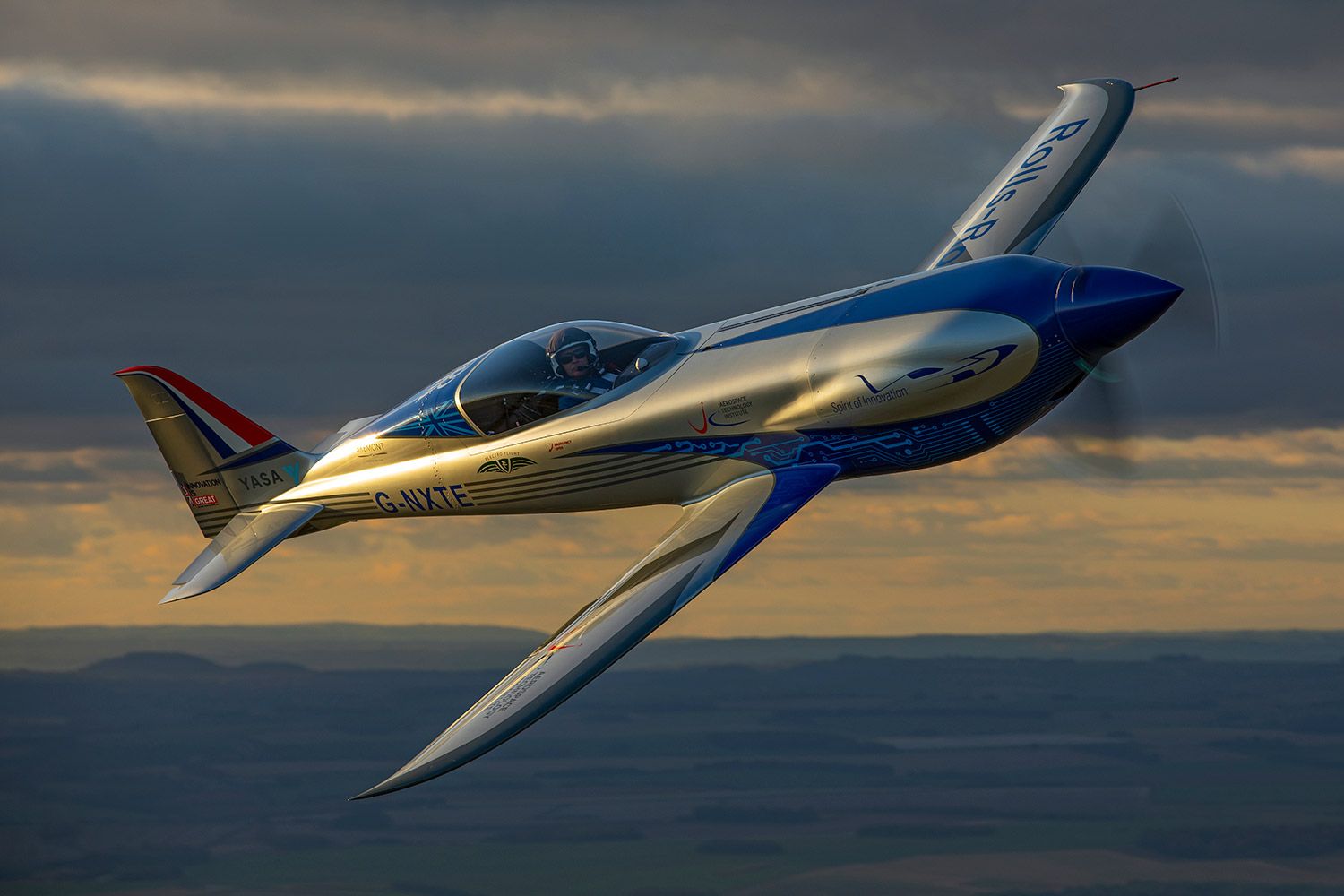
Long delayed by COVID-19, the Nemesis NXT developed by Rolls Royce and specialist airframer Electroflight spectacularly surpassed the electric airspeed and 3000 meter time-to-climb records November 16, 2021.
The flights were conducted from the storied Boscombe Down experimental aircraft test field in the south of England and have been submitted to the FAI for certification. Rolls Royce test pilot Phill O’Dell was at the controls.
Several electrically-powered speed records have been set in various weight categories, with the highest likely being Walter Extra’s 210 mph effort in March of 2017. The new Rolls Royce/Electroflight NXT posted 345.5 mph over a 3 km course and a 330 mph average over 15 km. The highest top speed during the record runs was 387.4 mph. No other electron-powered aircraft has run remotely close to these impressive speeds; the 3 km pace was over 130 mph faster then existing record and the 15 km speed exceeded the existing record by over 180 mph.
The 3000 meter time-to-climb record was broken by a whole minute, taking 3 minutes and 22 seconds.
Rolls Royce rates the 3-motor arrangement in the “Spirit of Innovation” NXT at 500+ hp (400 kW) while the airframe remains mainly stock Nemesis NXT. For more technical information on this unique airplane see “NXT Next” p.40 August 2020 KITPLANES magazine.


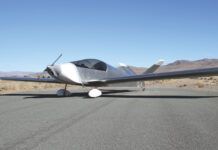
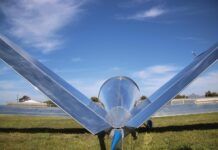
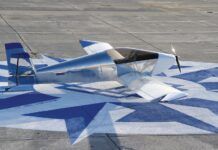
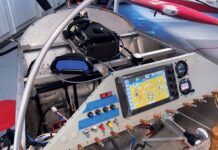

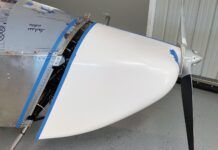

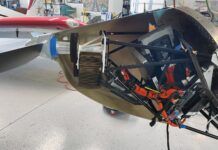
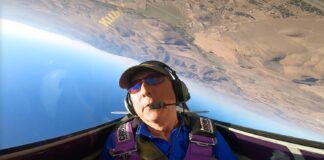



Can you please explain to me why in your articles you use MPH instead of Knots. ATC, JEPPSEN charts, aircraft performance charts are in KNOTs. MPH is for cars not aeroplanes.
Well, William here in the US we use both. The mph for those interested in aircraft and old cronies like me who learned to use mph decades ago. The knot measurement came in age with more modern aircraft, My 1965 Cessna Skyknight has both on the same indicator. It is a product of the time and way handbooks and flit manuals were written in their day.
I’ll let the editor in chief address official KITPLANES policy on this, but my personal position is I was trained (ground school) to fly in mph, the aircraft I trained in was marked in mph, the two airplanes I regularly fly today are marked in mph and as all other non-aviation, land navigation (slogging along in cars) is done in mph and statute miles so it is far easier for this dinosaur to relate distance and speed in all my vehicles in mph. Maybe we should all skip the mph, knot and mach number debates and convert to km/h.
The lack of definition of metrics is puzzling. Is it KTAS, KIAS, mphIAS? Or is it a groundspeed? At what altitude, temperature, and in what winds?
Abbott, in the story we gave the information in mph. These are ground speeds as averaged by two-way runs over a course laid out on the ground.